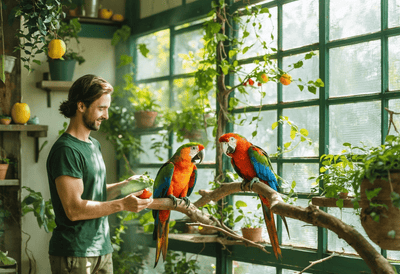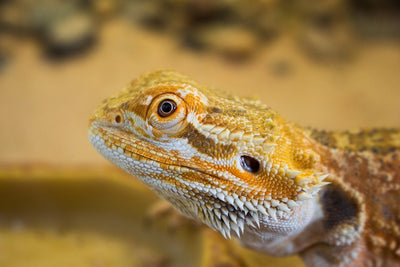As a cat owner, taking care of your feline companion is one of the most important things you can do. From monitoring their health to keeping them happy, your cat relies on you for everything. One of the most important aspects of cat care is feeding. But how much wet food should a cat eat? And how do you know if they're getting enough or too much? In this ultimate guide to feeding your cat wet food, we'll answer all your questions and more.
First things first, it's important to note that cats have individual nutrition needs based on their age, weight, and activity levels. While there are some general guidelines to follow, the best way to determine how much wet food to feed your cat is to consult with your veterinarian. They will be able to provide a personalized feeding plan that suits your cat's specific needs.
Generally speaking, adult cats should eat around 2-3 cans of wet food per day, depending on the size of the can and the cat's weight. Picky eaters may need a little extra encouragement to eat, so try warming up the food or adding a little bit of water or broth to make it more appealing. It's important to only leave wet food out for a maximum of 30 minutes at a time, as bacteria can grow rapidly in moist food.
For kittens, it's recommended to feed them wet food exclusively until they are around six months old. After that, you can gradually introduce dry food into their diet. Kittens should eat around three small cans of wet food per day, spread out over four to five feedings.
When it comes to senior cats, they may need to be fed less than adult cats. This is because older cats are usually less active and require fewer calories. It's also important to keep an eye on their dental health, as wet food can sometimes stick to their teeth and cause dental issues. Your veterinarian can help you determine the appropriate feeding plan for your senior cat.
It's also important to note that you should not feed your cat human food, even if it's wet. Human food can contain ingredients that are toxic to cats, such as onions, garlic, and chocolate. Stick to special cat food, either wet or dry, to ensure that your cat is getting the nutrition they need.
In conclusion, feeding your cat wet food is a great way to ensure that they are getting the nutrition they need. However, it's important to consult with your veterinarian to determine the appropriate feeding plan for your cat. By keeping your cat's age, weight, and activity level in mind, you can create a personalized feeding plan that will keep your furry friend healthy and happy for years to come. Don't forget to keep an eye on your cat's dental health, and avoid feeding them human food. With these tips in mind, you'll be able to give your cat the best possible care.






